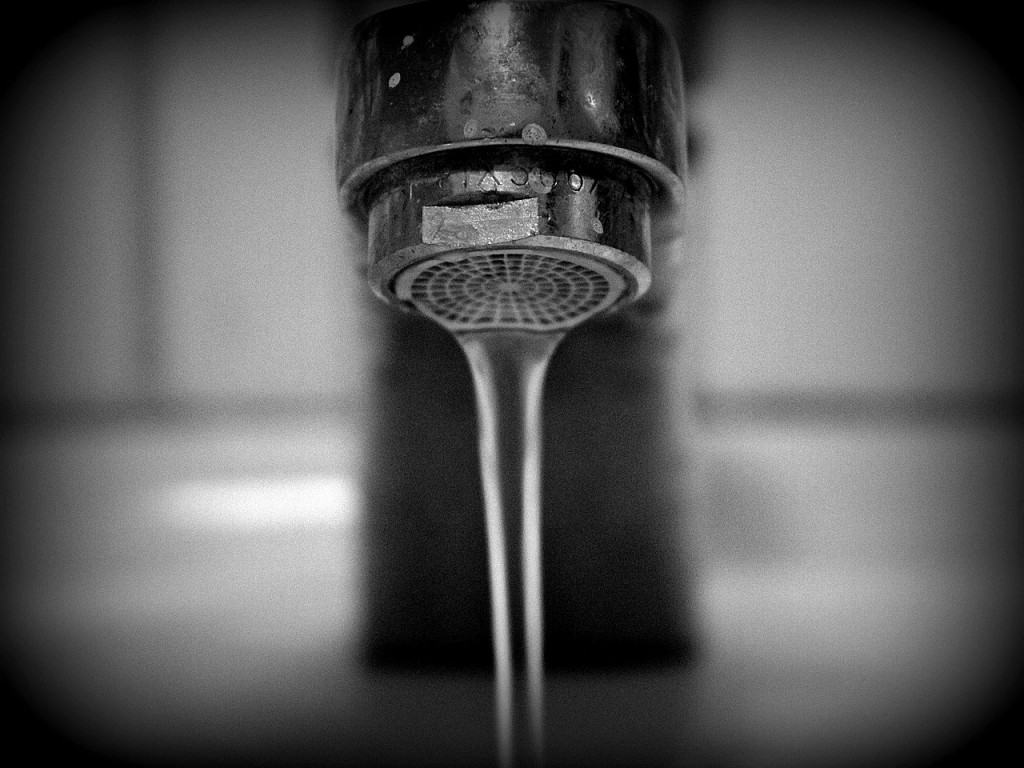Many homeowners who purchased a home with a water softener system often are not sure what it does and how to maintain it. If you found yourself in this situation, then you’ve come to the right place. As Maryland water equipment servicing technicians, we help many customers and new homeowners understand the inner workings and maintenance needs of their water softener and water treatment appliances. Here is some information to give you a better idea on how to maintain your water softener.
How a Water Softener Works
A water softener can be a stand-alone device or it can be a part of your overall well water system, along with the sediment filter and the reverse osmosis apparatus. The water softener makes hard water soft by removing excess minerals, specifically calcium and magnesium. Water high in mineral content can dry out your skin, leave stains on our clean dishes and make soaps and detergents less effective.
A typical water softener system consists of the following basic components:
- A fiberglass tank filled with negatively-charged resin granules that attract positively-charged calcium and magnesium molecules, removing them from the water.
- A brine tank that contains salt used to flush the resin clean of the accumulated minerals and regenerate the system.
- A water softener control box regulates the regeneration cycles of the resin-filled tank (rinse, backwash, refill, etc.)
- A bypass valve is used to cut off water from going through the water softener system in case of a leak.
Each of these components may require periodic maintenance—some tasks you can do yourself, while others are better left to a certified technician. Below are some of the types of water softener maintenance you should be aware of.
Adding Water Softener Salt
In order for the resin to regenerate, it needs to be back-washed and then rinsed with salt water. This typically happens once a day during the time you set on the control box. To maintain healthy regeneration cycles, you need to make sure that there is always the correct level of salt/water in the brine tank.
The salt level should be just above the water line. How often you need to refill the salt will depend on how hard your water is and how often the resin needs regeneration. On average, you should be checking on salt every 7-8 weeks. Be sure to use the right kind of salt recommended by the system’s manufacturer.
Breaking Up Salt Bridges
Sometimes, salt at the bottom of the brine tank will harden and form what’s called a bridge over the water. The bridge will prevent the salt from coming in contact with the water, which will make the entire system useless. When you are checking on the salt levels every 2-3 months, be sure to also check for bridges. If you detect one, use a plastic broom handle to carefully break it up. Emptying out and cleaning your brine tank may not always be specified in the owner’s manual, but it’s still a useful thing to do. A clean tank will work smoother and will be less likely to form salt bridges.
Resetting the Recharge Time
As we mentioned, the resin tank has a control box that allows you to set the preferred time when the recharging happens. It’s recommended to pick the time when your household uses the least amount of water, such as late at night. Although your system will be able to supply water during recharging, it may not be the pressure and amount you are used to. During power outages, the control box may reset itself and erase your timer settings. Remember to go in your basement and check the settings after each power outage.
Updating the Resin Tank
After 10-15 years of use, the resin inside the tank becomes saturated with iron deposits or otherwise loses its capacity to soften the water. You will notice that your water got harder despite your tank running more frequent regeneration cycles. This means that it’s time to replace the resin. This is a cumbersome process that is better left to a professional, and in some cases it’s cheaper and easier to just get a new tank with fresh resin. Consult with your local Maryland water softener technician to evaluate your replacement needs.
Feel free to contact R & G Water if you have any other questions or would like us to do a checkup of your water hardness or water softener maintenance needs.

